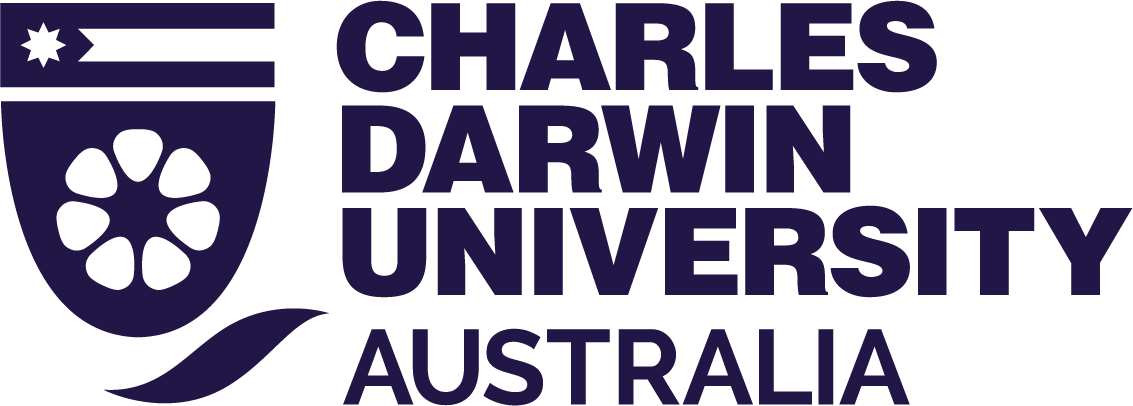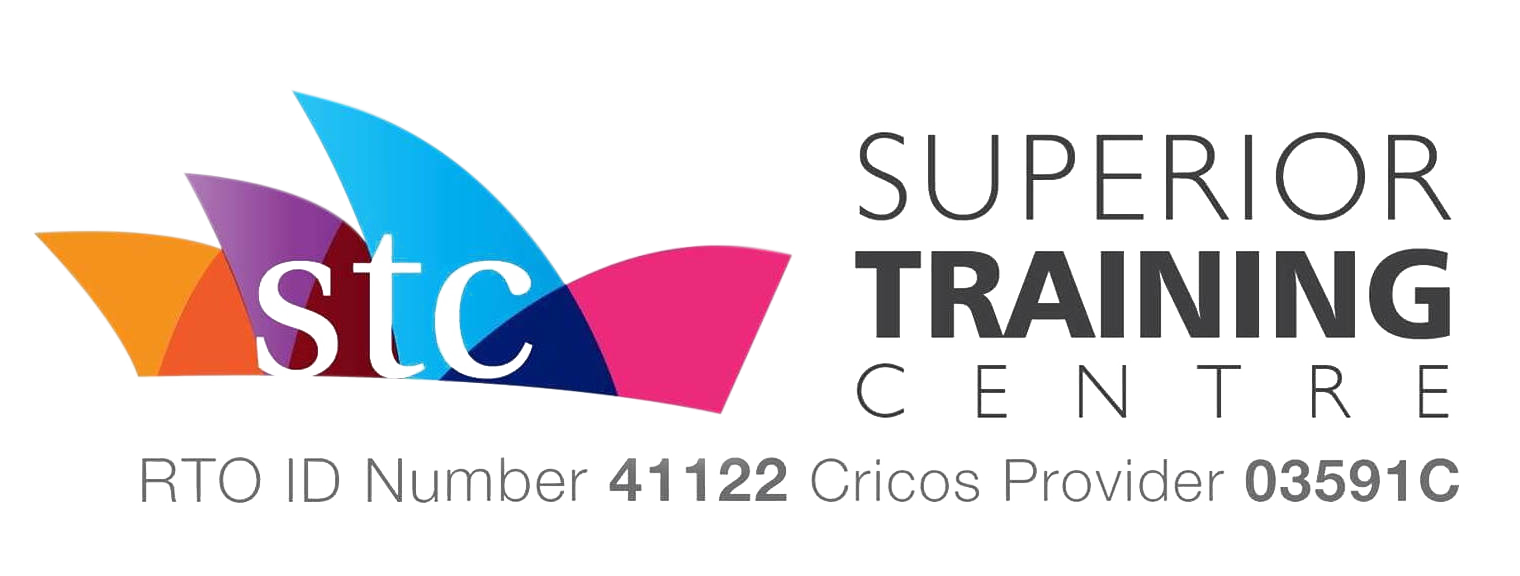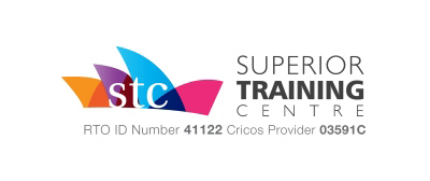Skilled Migration
Australia needs a more skilled energy sector to deliver on an ambitious infrastructure agenda and more broadly as we transition to a green economy. Each year hundreds of skilled migrants wish to have their skills recognised so they can work in Australia.
Whilst the knowledge and skills of many overseas workers is very high, there are differences in the manner in which this technical expertise needs to be applied, a difference that represents a gap. Electrical Regulators are especially concerned that the gap be addressed in regulated trade vocations such as electrical, refrigeration and air conditioning, electricity linework and cable jointing, where the work context may differ markedly in overseas countries and where such differences could endanger lives, infrastructure or systems.
Differences between Australian and overseas occupational practices often arise as a result of the use of different standards, regulations and/or industry codes/guidelines in the worker’s place of origin. For instance, in Australia and New Zealand, there are particular standards and practices that are not seen or applied in any other country, others in only a few other countries.
Course Overview
The Electrotechnology Electrician and Refrigeration and Air-conditioning accredited courses provides newly arrived migrants access to the gap training program from a Registered Training Organisation (RTO) with scope to deliver the relevant Australian trade qualification.













